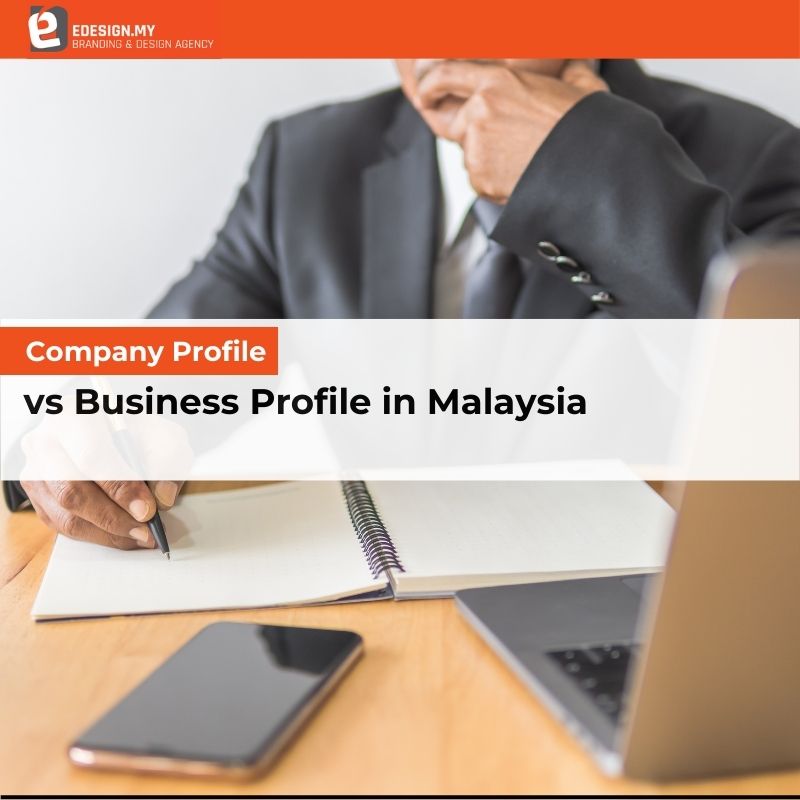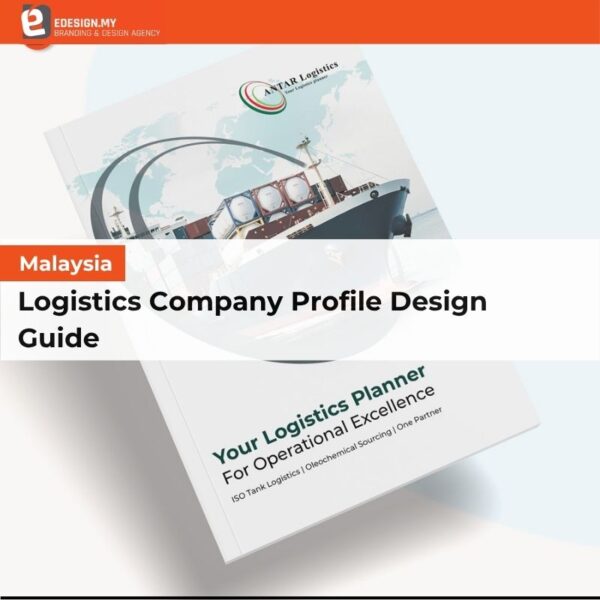Company Profile vs Business Profile in Malaysia

In Malaysia, many entrepreneurs and professionals often wonder about the differences between a company profile vs business profile.
These two documents may seem alike, but they have different roles and are shown in unique ways.
Running a corporation, a small business, or a startup? It’s important to grasp how they all differ.
After all, each profile is important. It helps build credibility, share identity, and create opportunities for growth.
By learning the functions of a company profile vs business profile, you can make the most of both for your business success.
What is a Company Profile?
A company profile is an important document. Specifically, it shows who the organization is, what it does, and its successes.
Moreover, it gives a clear view of the company. This includes its history, vision, mission, key services, industry experience, and major projects.
In Malaysia, company profiles play a key role in presentations, client proposals, investor relations, and tender submissions.
As a result, a strong company profile builds trust. It shows professionalism and explains why the company is a reliable partner.
For instance, a company profile includes:
- Company background: Year of establishment, legal structure, and registration details.
- Vision and mission statements: The company’s long-term direction and values.
- Core services or products: The main offerings and areas of expertise.
- Portfolio and achievements: Completed projects, awards, or recognition.
- Team and leadership: Profiles of key management members.
- Clients and partners: Existing networks that strengthen credibility.
So, a company profile is like a corporate résumé. It shows stakeholders what the company can do and its history of success.

What Is a Business Profile?
A business profile, on the other hand, is usually more concise and practical.
In Malaysia, it often refers to the business registration record held by the Companies Commission of Malaysia (SSM).
Specifically, this record contains key details about the business. It lists the registration number, type, owners’ names, and address.
Apart from formal SSM registration, a business profile can also be an easy way to introduce your marketing.
Thus, small businesses, sole proprietors, and partnerships often create a business profile. This profile offers a brief overview of who they are and what they do.
For instance, a business profile usually highlights:
- Business name and registration number
- Type of entity: Sole proprietorship, partnership, or enterprise
- Contact details: Address, phone, email, and website.
- Products or services offered: Straightforward descriptions without detailed case studies.
- Basic company background: Year established, target market, and business objectives.
Thus, a business profile is vital for recognition and trust. It is crucial for small and medium-sized enterprises (SMEs) in Malaysia, even if it isn’t as detailed as a company profile.
Key Differences Between a Company Profile and a Business Profile
While company profiles and business profiles sound alike, they are quite different. Indeed, each has its own purpose, audience, content, and format.
When comparing company profile vs business profile, the key point is how each document meets different needs. Each one plays a role in branding, compliance, and engaging
Purpose
A company profile helps create a strong image, earns trust, and points out its successes.
Furthermore, it’s an important tool for branding, marketing, and business growth. It helps when reaching out to potential clients or investors.
In contrast, the purpose of a business profile is more administrative and practical.
Thus, it serves as an official record or a quick intro to the business. It’s often used for compliance, verification, or general identification.
Audience
A company profile generally reaches clients, investors, tender committees, business partners, and other stakeholders.
Specifically, they want to gain a good understanding of the company’s abilities and reputation.
Meanwhile, a business profile is for regulatory bodies, such as SSM.
It also helps customers check the business’s legitimacy. Plus, it gives partners key details to move forward.
Content
A company profile contains comprehensive information that goes beyond the basics.
It often includes the company’s vision and mission, service descriptions, leadership introductions, portfolios of completed projects, and success stories that reinforce credibility.
On the other hand, a business profile includes only the basics.
It lists the registration number, ownership details, contact info, and a simple summary of the products or services. It avoids lengthy storytelling and keeps the information concise.

Format
The format of a company profile is typically polished and visually appealing.
It is usually shown as a PDF booklet, a printed brochure, or a digital presentation. These formats include branding elements, visuals, and clear sections for easy reading.
A business profile, however, is usually much simpler. For instance, it could be an SSM registration printout or a simple document with key business details.
In some cases, some small businesses can use a one-page flyer to showcase their profile.
How to Make the Most of Both Profiles
For businesses in Malaysia, both profiles serve important but different roles. Leveraging them together can enhance both credibility and growth opportunities.
Use your business profile for compliance and verification.
Ensure that your SSM details are accurate and up to date. This makes your business legally recognized and trustworthy in the eyes of customers and partners.
Develop a professional company profile for marketing and growth
Invest in a strong company profile. Show off your strengths and track record to go beyond compliance. Use it when approaching corporate clients, applying for tenders, or seeking investors.
Tailor your profiles to different situations
Use your business profile for quick introductions. Use your company profile to impress and win long-term opportunities.
Keep both updated
As your business grows, make sure to update your SSM business profile and company profile. This will show off your latest achievements and information.
Turning Profiles into Opportunities with eDesign
Treat your profiles like living documents. They should grow with your business. This way, you will always be ready for new opportunities.
For professional support in creating a profile that truly represents your brand, reach out to eDesign today.
Read next: How to Create a Powerful Company Profile Presentation (2025)




























